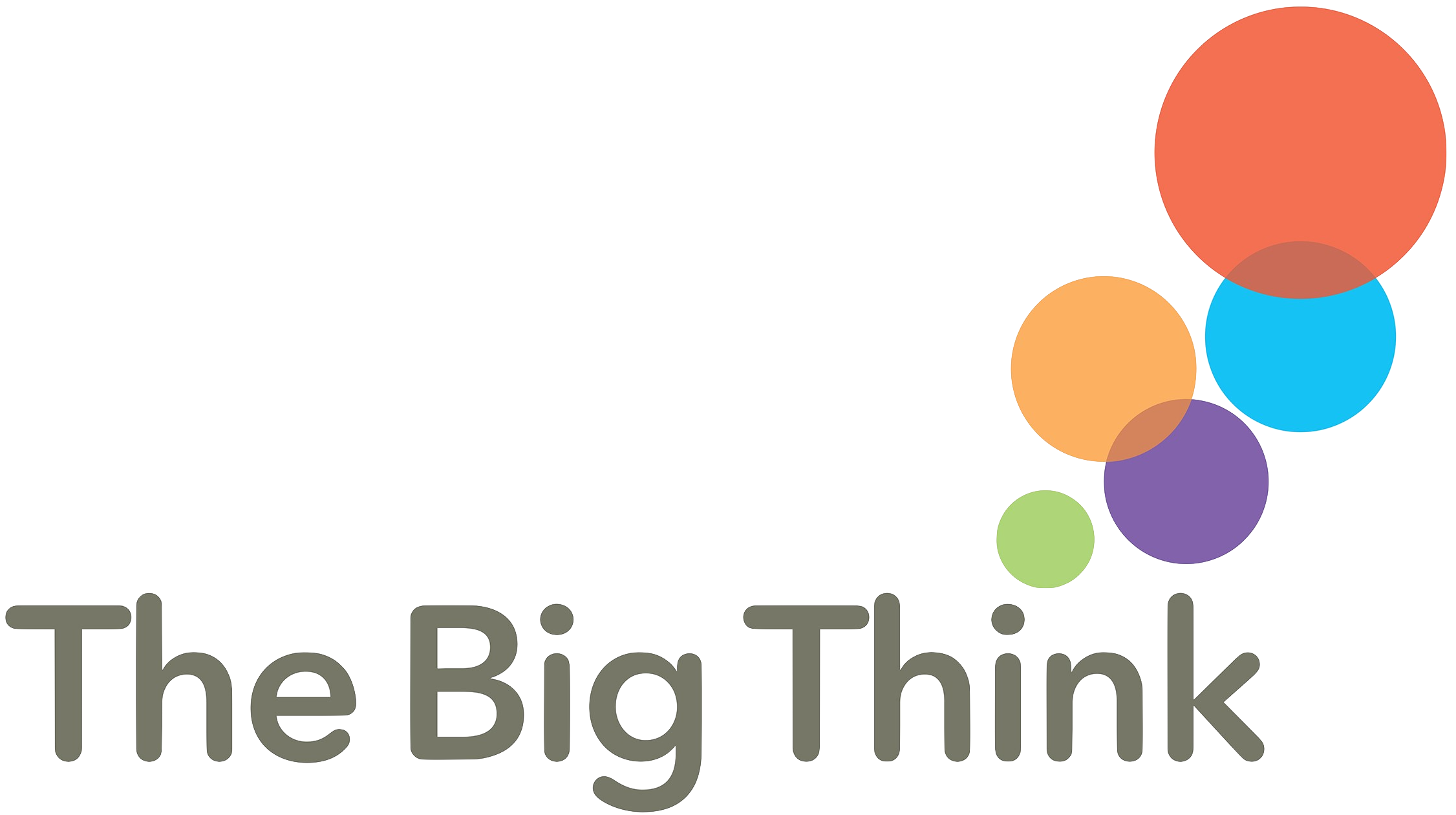The BIG 5 Lesson Rituals
Silent Sitting
5 minutes
Purpose
Silent Sitting is a relaxation technique for children to help them clear their minds and create space for new thoughts. In Silent Sitting children are practising controlling and concentrating their conscious mind and this enhances their ability to learn. Silent Sitting begins each BIG 5 lesson. It can also be introduced as a daily activity, perhaps after break or lunchtime to refocus children towards their learning. Some meditations are breath based, some more visualisation based and some are more story lead. Different children will appreciate different tracks each time.
How
The most important boundary to set is model silence. Although, do let the children know that if they feel the need to cough or twitch or adjust their arms or legs, they can quietly do so.
Children can sit cross-legged on the floor so that they feel grounded and secure. If the children are older or there is a lack of space, then they can sit in their chairs with feet flat on the floor and hands on laps. Ideally all adults should be sitting in the circle and modelling a relaxed position with their eyes closed.
Say: ‘Find your sitting bones (and rock gently from side to side) and make sure they are both grounded and even and that you are comfortable.’
Say: ‘Keep your body alert to new ideas. Pretend you are a puppet on strings and someone is gently pulling the strings from the top of your ears to help you sit up straight. But at the same time you must try to relax into this position enough to be comfortable. You need to learn to find the balance between being alert, but relaxed – this can be tricky!’
‘Place your hands either facing upwards and open to the sky on each knee to help you feel open to new thoughts, or place hands together in your lap. Eyes can be closed like mine, or you can lower your gaze to a spot just in front of you and keep them still.’
(NB If relevant, gently point out that we do not use any Buddhist Mudras as this is not a religious meditation.)
Optional: Play your singing bowl or chimes and ask the children to touch their shoulder/head/chin/heart/knee, etc (select one; see below) when they can no longer hear the sound.
Each lesson you can ask the children where they want to place their palm when the sound stops before and after the recorded relaxation. When you strike the singing bowl it makes a sound that moves around the room and the length of time the children will hear it go on ringing will vary.
You are now ready to begin playing a recorded relaxation.
Tip: Model Silent Sitting by joining the BIG Circle. Close your eyes to show that you trust the children and want to join in too.
When the recording has finished, bring the children back to the room gently by softly playing your singing bowl or chimes. (If the track feels too long for your class that day, wait for the speaking to finish and slowly turn down the music.) The children will touch the chosen body part from earlier when they can no longer hear the sound and then open their eyes.
Ask: How did you feel today? Did anyone find it particularly easy or difficult? What images came into your mind?



